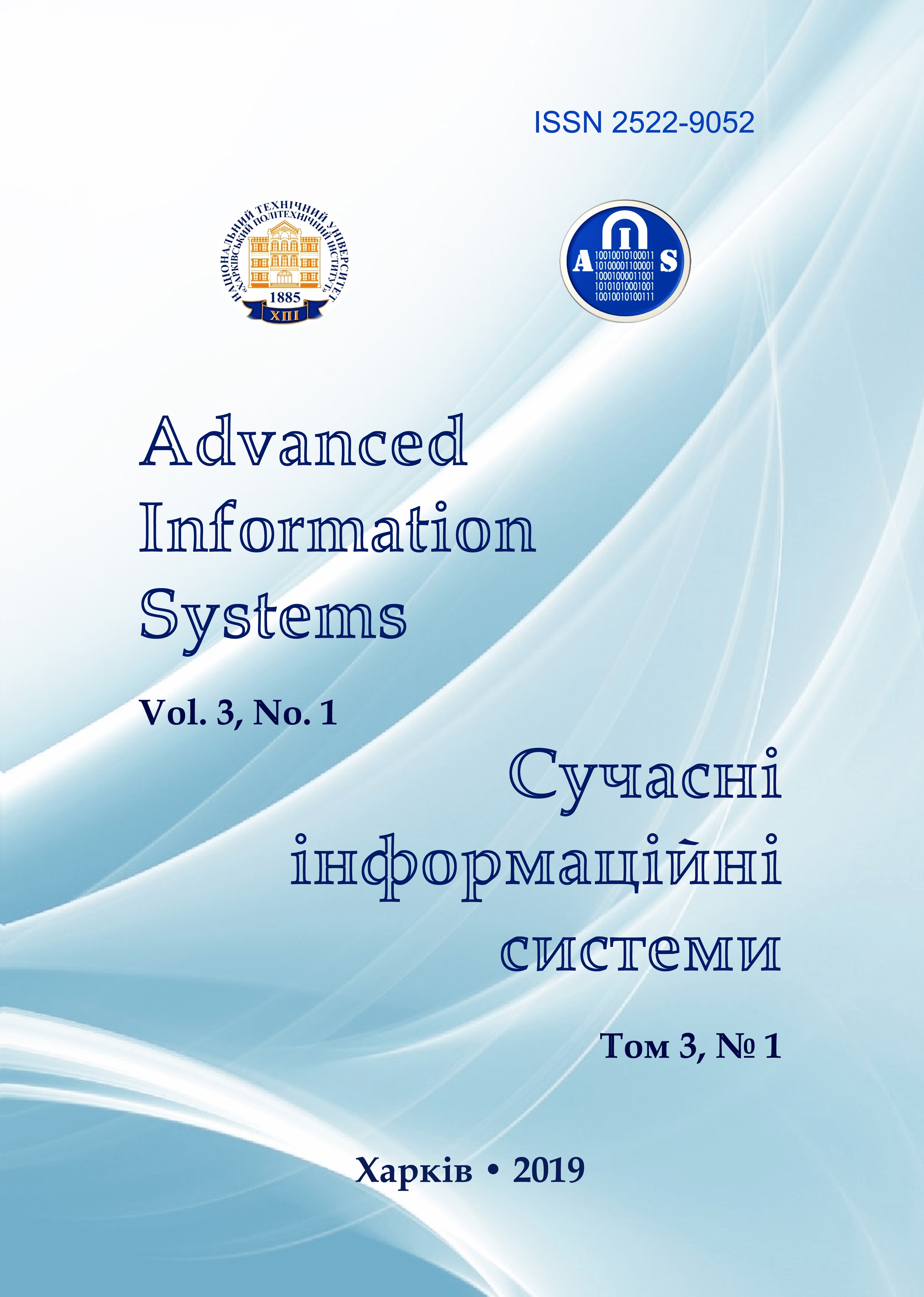PROGNOSIS METHOD OF UNFAVORABLE AIRBORNE EVENTS DURING FLIGHT BASED ON CONVOLUTIONAL AND RECURRENT NEURAL NETWORKS
Main Article Content
Abstract
This paper contains formal problem definition of predicting unfavorable airborne events during flight. Restrictions and assumptions are put into the prognosis method of unfavorable airborne events during flight. Mathematical apparatus used to build prognosis method is suggested. As a basic mathematical apparatus it is suggested to use, recurrent neural networks (RNN) based on LSTM modules and convolutional neural networks (CNN). Analysis of these neural networks has shown that RNN based on LSTM modules are mostly effective when analyzing structured text, such as report of investigation of airborne accidents. In its turn, CNN are effective when analyzing unstructured text, such as text messages about the flight situation based on the information from external sources. Prognosis method of unfavorable airborne events during flight based on convolutional and recurrent neural networks is developed. In case of solving the task of prediction of unfavorable airborne events during flight RNN are used for initial setup of the Embedding layer of the structured training data in the process of hybrid neural network training. CNN are used during the direct operation of hybrid neural network model of prediction of unfavorable airborne events during flight.
Article Details
References
Interstate Aviation Committee (2018), State of safety in civil aviation of the States Parties to the agreement on civil aviation and the use of airspace in the first half of 2018, Moscow, 29 р., available at: https://mak-iac.org/upload/iblock/5b0/bp-18-1.pdf.
Joyce A. (2014), Safety Report 2013, IATA, Montreal-Geneva, 60 p., available at:
https://www.iata.org/about/documents/iata-annual-review-2013-en.pdf
BCA (2009), Statistical Summary of Commercial Jet Airplane Accidents, Worldwide Operations 1959–2008, Boeing Commercial Airplanes, Seattle, Washington 98124-2207, USA.
Britz, D. (2017), Understanding convolutional neural networks for NLP, available at:
http://www.wildml.com/2015/11/ understanding-convolutional-neural-networks-for-nlp
Manning, C. and Socher, R. (2018), Natural language processing with deep learning, available at:
http://web. stanford.edu/class/cs224n
Olah, C. (2017), Neural networks, recurrent neural networks, convolutional neural networks, available at:
Sivaram, M., Porkodi, V., Mohammed, A.S. and Manikandan V. (2019), “Detection of Accurate Facial Detection Using Hybrid Deep Convolutional Recurrent Neural Network”, ICTACT Journal on Soft Computing, Vol. 09, Issue 02, pp.1844-1850, DOI: http://doi.org/10.21917/ijsc.2019.0256
Sivaram, M., Batri, K., Amin Salih, Mohammed and Porkodi V. (2019), “Exploiting the Local Optima in Genetic Algorithm using Tabu Search”, Indian Journal of Science and Technology, Volume 12, Issue 1, doi:
http://doi.org/10.17485/ijst/2019/v12i1/139577
Sivaram, M., Yuvaraj, D., Amin Salih, Mohammed, Porkodi, V. and Manikandan V. (2018), “The Real Problem Through a Selection Making an Algorithm that Minimizes the Computational Complexity”, International Journal of Engineering and Advanced Technology, Vol. 8, Iss. 2, 2018, pp. 95-100.
Kuklev, E.A. (2003), “Evaluation of the level of safety of flights in civil aviation in risky situations based on chains of random events”, Science and technology of transport, No. 2, pp. 4–14.
Sharov, V.D. (2011), “Methodology of application of the combined FMEA-FTA method for analyzing the risk of an aviation event”, Scientific Herald of MSTU GA, series “Air Transport Operation. Safety of flights”, No. 174, pp. 18–24.
Zubkov, B.V. (2010), Theory and practice of determining risks in airlines when developing a safety management system, MGTU GA, Moscow, 196 p.
Sharov, V.D. (2007), “Methodology for estimating the probability of aircraft rolling out of the runway during landing”, Scientific Herald of MSTU GA, Series "Operation of air transport and repair of aviation equipment. Flight safety”, No. 122, pp. 61–66.
Pavlenko, M., Shilo, S., Borosenets, I. and Dmitriev O. (2018), “Directions of development of intellectual models and methods of information processing for management of the information support process for decision-making in automated air traffic control”, Control, navigation and communication systems, PNTU, Poltava, Vol. 5 (51), pp. 24–28.
